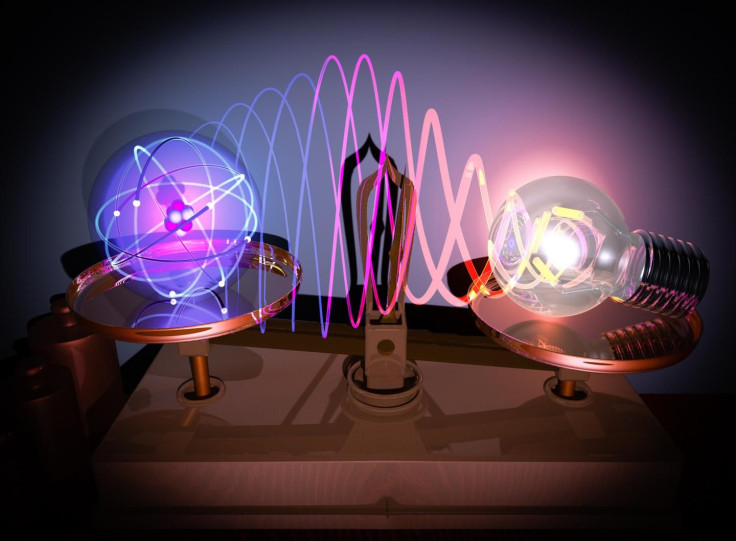Smallest Magnifying Glass Allows Seeing Chemical Bonds Between Atoms

The wavelength of light, just about a millionth of a meter, was long thought to be a limiter for focusing light, and therefore of being able to observe something directly. But that limit has been well and truly smashed by researchers who have built “the world's smallest magnifying glass, which focuses light a billion times more tightly, down to the scale of single atoms.”
Scientists from the University of Cambridge and the Blackett Laboratory in England, and the Materials Physics Center and Donostia International Physics Center in Spain made the world’s tiniest optical cavity — small enough to hold nothing bigger than a single molecule — using highly conductive gold nanoparticles. Called a picocavity by the researchers, it opens “up new ways to study the interaction of light and matter, including the possibility of making the molecules in the cavity undergo new sorts of chemical reactions, which could enable the development of entirely new types of sensors.”
Using laser light to move atoms in the nanoparticle, researchers could watch the movement of individual atoms in real lime.
In a statement released by the University of Cambridge, building the nanostructure with control of single atoms was extremely difficult, and could only be done at very cold temperatures.
Felix Benz, lead author of the study and professor at Cambridge, said: "We had to cool our samples to -260 degrees Celsius [-430 degrees Fahrenheit] in order to freeze the scurrying gold atoms.”
The findings create new opportunities in the field of studying chemical reactions using optical catalysts. There is also “the possibility of new opto-mechanical data storage devices, allowing information to be written and read by light and stored in the form of molecular vibrations,” the statement added.
A study detailing the magnifying glass, titled “Single-molecule optomechanics in ‘picocavities,’” was published Friday in the journal Science.
© Copyright IBTimes 2025. All rights reserved.





















